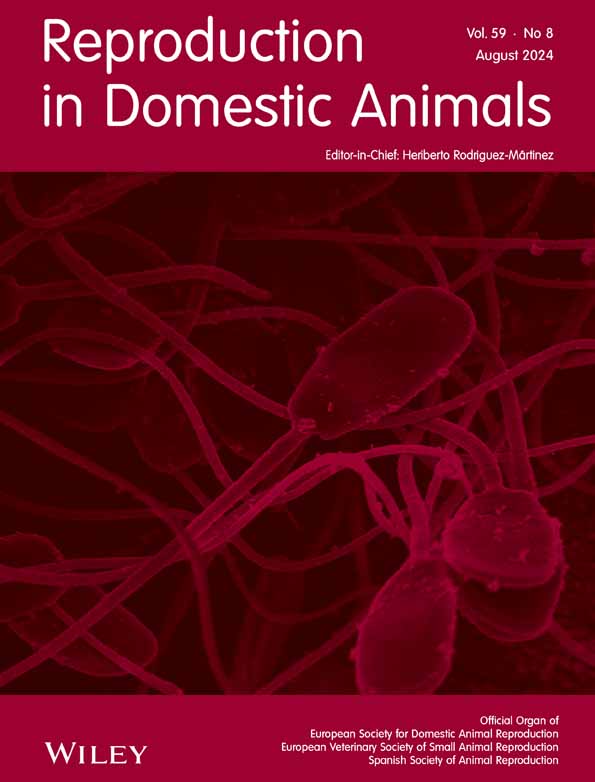Genotyping of Holstein Cows by SELL, MX1 and CXCR1 Gene Loci Associated With Mastitis Resistance
Funding: This work was carried out within the framework of the implementation of the project ‘Study of SNP polymorphisms in dairy cows associated with somatic cell content in milk’ (IRN AP22682970).
ABSTRACT
Mastitis is a significant factor that decreases milk production in cows of different breeds in Kazakhstan. The objective of this study was to determine the genetic makeup of Holstein cows by analysing specific gene loci (SELL, MX1, CXCR1+291C>T and CXCR1+1093C>T) that are linked to resistance against mastitis. The goal was to identify cows with favourable genotypes that are less prone to udder diseases. At the SELL gene locus c.567T>C, all three genetic variants were identified in the control population with the respective frequencies: TT (0.20), CT (0.44), and CC (0.36). Genetic variation was also detected at the MX1 gene c.567T>C, CXCR1 c.+291C>T and CXCR1+1093C>T loci. Deviation from the expected Hardy–Weinberg equilibrium was observed for two gene loci, MX1 g.143182088 and CXCR1+1093C>T, with increased chi-square values of 10.6261 and 9.7137, respectively. The analysis of subclinical mastitis incidence indicates that cows carrying the heterozygous CT genotype at the L-selectin gene locus exhibit greater resistance to the disease. Animals carrying the CCCCCT genotype at the MX1 c.567T>C, CXCR1 c.+291C>T and CXCR1+1093C>T gene loci were discovered to have a significant likelihood of developing subclinical mastitis. This suggests that these genes could serve as potential indicators of susceptibility to the condition. The practical significance of this study lies in determining the frequency of genotypes linked to mammary gland morbidity in Holstein breeding farms in Kazakhstan.
Conflicts of Interest
The authors declare no conflicts of interest.
Open Research
Data Availability Statement
The authors confirm that the data supporting the findings of this study are available in the article.




